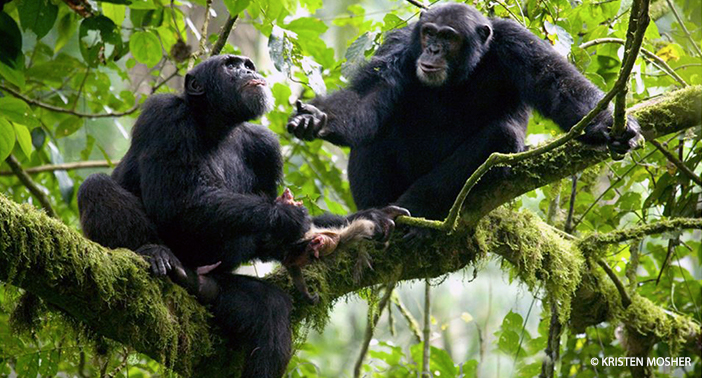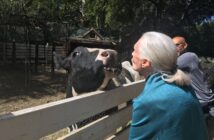Socioecological Correlates of Clinical Signs in Two Communities of Wild Chimpanzees (Pan troglodytes) at Gombe National Park, Tanzania
When protecting wild ape populations, it is important to not only preserve their habitat, but also look after their health. Infectious disease poses a serious threat to chimpanzee communities and is a leading cause of mortality in Gombe National Park.. As such, it is useful to get an understanding of both the ecological (e.g. time of year) and demographic (e.g. age, sex) factors that predict indicators of ill health.
A recent non-invasive observational study on the health of the Gombe chimpanzees examined five different clinical signs: diarrhea, estimated weight loss, respiratory issues, wounds or lameness and dermatological issues over an 8-year period. The researchers then measured the prevalence of these signs in different subsets of the chimpanzee population, according to ecological and demographic factors. The findings help us to understand which categories of the population are at a greater risk for each type of health issue. To learn more about the results, click here.






